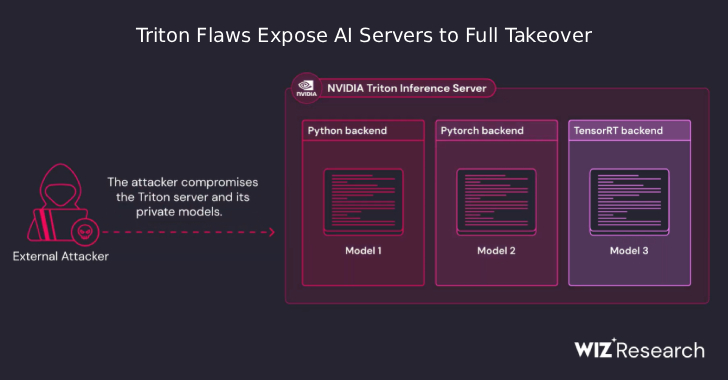
The Pillars of a Strong Social Engineering Testing Program
Social engineering is a process used by hackers to exploit human nature and manipulate individuals into revealing sensitive information, such as passwords, financial data, or company secrets. The ever-increasing threat of social engineering attacks has made it imperative for organizations to develop strong Social Engineering Testing Programs to identify vulnerabilities and protect their assets. In this article, we will discuss the pillars of a robust social engineering testing program.
- Awareness and Training: The first pillar of a strong social engineering testing program is awareness and training. It is essential for organizations to educate their employees about the various forms of social engineering attacks, such as phishing emails, pretexting, baiting, or tailgating. Employees need to be trained to recognize these attacks and know how to respond appropriately.
Training should include simulated social engineering attacks to test employees’ awareness and response. This can be done through phishing simulations, where employees receive fake phishing emails and are monitored for their actions. Regular training sessions and refresher courses should be conducted to keep employees up to date with the latest social engineering techniques.
- Policies and Procedures: The second pillar of a strong social engineering testing program is the establishment of effective policies and procedures. Organizations should develop clear and comprehensive policies that define acceptable practices and behaviors when handling sensitive information. These policies should address topics such as password sharing, data handling, and response to suspicious requests.
Regular audits should be conducted to ensure that employees comply with these policies. This can be done through random checks, internal investigations, or external assessments. Any non-compliance should be addressed promptly, and appropriate disciplinary measures should be taken if necessary.
- Incident Response Plan: The third pillar of a strong social engineering testing program is the development of an incident response plan. Despite robust preventive measures, organizations can still fall victim to social engineering attacks. Therefore, it is crucial to have a well-defined plan in place to respond quickly and effectively in case of an incident.
The incident response plan should include steps for identifying and containing the breach, notifying relevant personnel, preserving evidence, and restoring normal operations. Key stakeholders should be trained in their role and responsibilities during an incident response, and regular drills or tabletop exercises should be conducted to test the effectiveness of the plan.
- Technical Controls: The fourth pillar of a strong social engineering testing program is the implementation of technical controls to mitigate the risk of social engineering attacks. These controls include firewalls, intrusion detection systems, anti-malware software, and strong access controls.
Regular vulnerability assessments and penetration tests should be conducted to identify any weaknesses in the technical controls. Additionally, organizations should keep their systems and software up to date with the latest security patches to address any known vulnerabilities.
- Continuous Monitoring and Evaluation: The final pillar of a strong social engineering testing program is continuous monitoring and evaluation. This includes monitoring the program’s effectiveness, identifying new social engineering techniques, and adapting it accordingly.
Regular security assessments should be conducted to identify any new vulnerabilities or weaknesses in the system. This can be done through external audits, red teaming exercises, or bug bounty programs. Feedback and insights from employees should also be sought to improve the program and address any concerns.
In conclusion, social engineering attacks pose a significant threat to organizations worldwide. By implementing a strong social engineering testing program, organizations can identify vulnerabilities, educate employees, and strengthen their overall security posture. The pillars of such a program include awareness and training, policies and procedures, incident response plan, technical controls, and continuous monitoring and evaluation. By focusing on these pillars, organizations can effectively mitigate the risk of social engineering attacks and protect their sensitive information.
Contact Cyber Defense Advisors to learn more about our Social Engineering Testing solutions.





